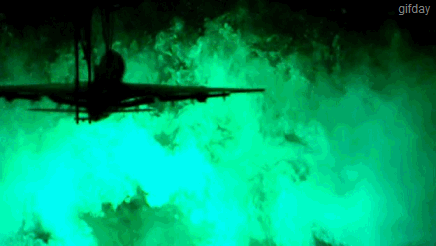In studying the aerodynamics of modern aircraft equipped with high-lift devices, I have discovered that quite a number of distinct trailing vortices are present in the immediate wake of an airplane in flight (e.g. off the outboard edge of the flap, the wingtip, etc). However, they always manage to roll-up into a solitary pair of vortices after only a few seconds have elapsed (see below).

Why do the individual vortex cores in close proximity merge together? This phenomenon appears to occur only when the vortices rotate in the same direction.

